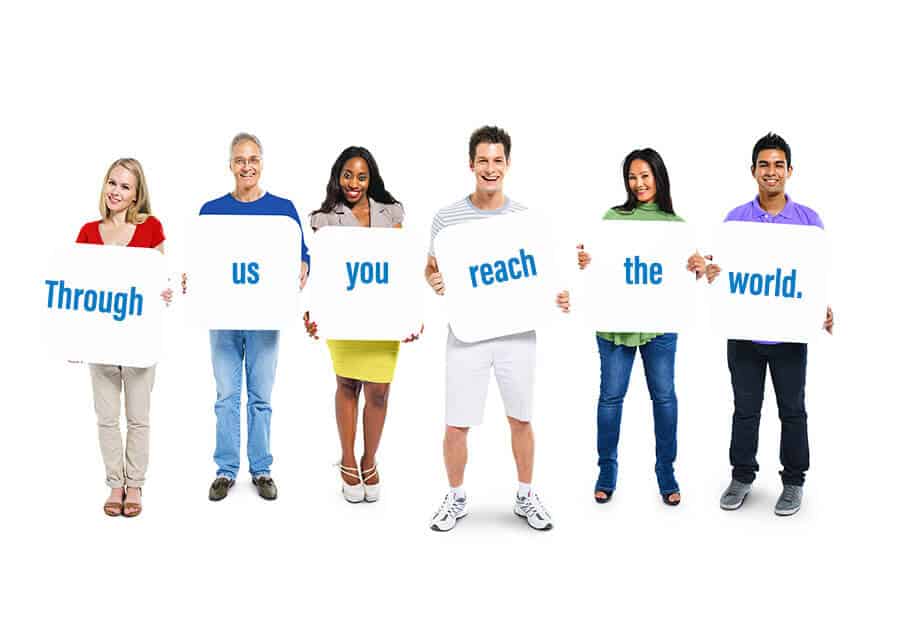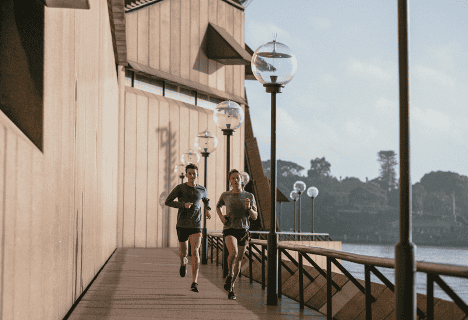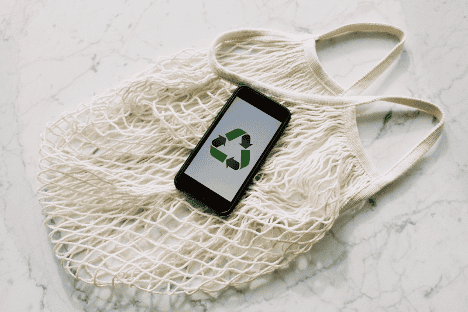The 6 handshakes rule, also known as the 6 degrees of separation theory, claims that we can get to know anyone by connecting through 6 people, or even fewer. A “degree of separation” is a measure of social distance between human beings. Through this piece, I will give the historical background behind this theory and will share my own personal connection to it. Appealingly, a part of this article is dedicated to the studies that have elaborated on this matter, and its relation to the current pandemic.
The Historical Context of 6 Handshake Rule
Formulated in the first half of the 20th century, the theory of 6 handshake rule in itself is as clear as crystal. The key idea is that you can connect to literally anyone in the whole globe through 6 social connections, at the most.
The idea of 6 handshake rules originated with Frigyes Karinthy, a Hungarian author who, through his short story chain links, illustrated the 6 degrees of separation.
The theory that proved that the population of the earth was closer than it was ever before, was stated as follows:
“We should select any person from the 1.5 billion inhabitants of the Earth – anyone, anywhere at all. He bet us that, using no more than five individuals, one of whom is a personal acquaintance, he could contact the selected individuals using nothing except the network of personal acquaintances. For example, “Look, you know Mr. X.Y., please ask him to contact his friend Mr. Q.Z., whom he knows, and so forth.”
From that moment in time (1929) to this day, there have been many attempts that have tried to explain if/how the theory works. Karinthy’s postulate has been a subject of interest for the sociologists, mathematicians, and physicists who have contributed to the matter.
On this note, I hereby join with all those who have tried to shed some light in this very fascinating issue.
My Personal Say
For me, as a young Kosovar, stepping into Manhattan for a leadership conference for the first time, back in 2013, was way beyond experiencing awe.
However, I “survived” the magic of this trip and made it safe and sound to another study trip to Brussels, Belgium, one year later, in 2014.
During this trip, I met a girl from Kazakhstan, the largest landlocked country in the entire world, whose friend I had met during the time I had spent in U.S.
I would not believe such a story if I had not experienced it myself.
Neither did Rayana (name has been changed) at first.
“What are the odds?” she asked me, while making no effort to conceal her amazement.
“It is almost impossible”, I said, while reaching for my phone to find a picture of her so both of us would be assured that we were talking about the same person.
“This is your friend, right”, I asked and showed her the picture of the girl to show that she was our “mutual” friend.
Rayana’s facial expressions are still fresh to me to this day. She, just like me, was amazed by the coincidence. We were at the Grand’ Place in Brussels, known all over the world for its decorative and picturesque architecture. However, for both of us, that place would be remembered for something else, something far more surprising.
Having a mutual friend with someone I had just met, with someone I barely knew. For someone from Southeastern Europe who lacked at the time and still lacks the right to freedom of movement, having a mutual friend with someone from Central Asia was a bit too “coincidental” to handle.
Truly.
The experience made me think that the Balkans are not that small after all. Well . . . at least not smaller than any other part of the world when it comes to the certainty of the 6 handshakes rule.
2013, 2014 . . . 2020 and beyond
Today, more than 6 years after my first encounter with the 6 handshakes rule, I am working with a colleague whose sister I met a year ago during a writing skills class we were both taking at the time. It’s like I have been tested by this rule, or have I been testing it?
I would say the latter.
The “magic” of the 6 handshakes rule feels so real to me, yet it is hard to convince others or even try to give a valid explanation for it.
I am repeating here Rayana’s questions. Honestly . . . what are the odds that any 2 people on the whole planet can be connected simply with a maximum of 6 links.
Recalling that as of May 2020 the world population has reached 7.8 billion people, believing that all people are 6 connections away from each other sounds well . . . at best inconceivable.
Common expressions such as “I know a guy who knows a guy” and “a friend of a friend” take on another meaning if this theory, confirmed in practice, can lead us to sharing an acquaintance with the President of the Swiss Confederation or with a favorite TV star.
The Pandemic which Put ‘the Handshakes’ on Hold
Is the world this small? Do we live in a monolithic world?
I am asking myself these 2 questions while looking at the latest Coronavirus updates. The very first case of this pandemic is traced back to November, 2019 in Hubei province, China. Since then, its spread has been almost unstoppable.
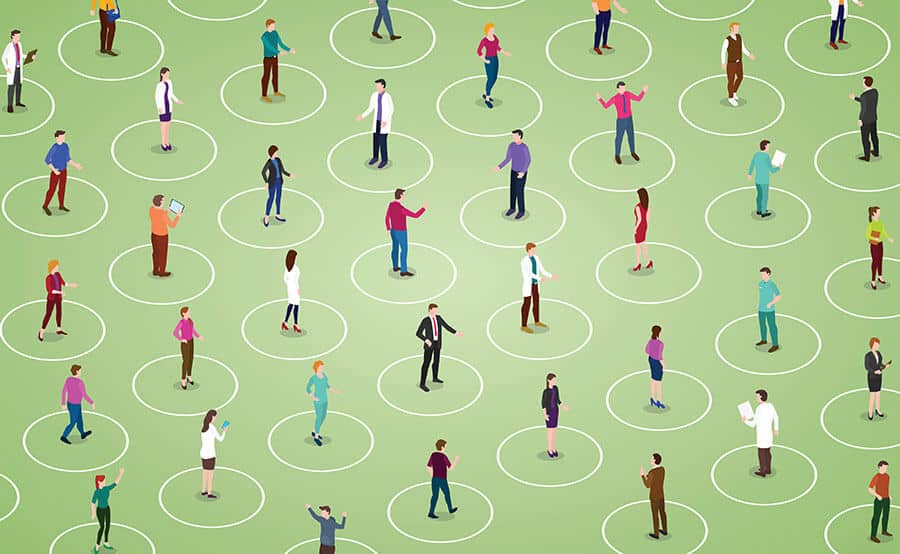
It has traveled 8,870 kilometers to British Prime Minister Boris Johnson, or around 11,500 kilometers to the Canadian Prime Minister’s wife, Sophie Trudeau.
Keeping physical distance and avoiding handshakes were among the key precautions we heard and overheard in order to flatten the curve of the virus outbreak.
I am not alluding to a direct connection between the 6 handshakes rule and the spread of the virus that ironically has put handshakes on hold. Still, who would have thought that a virus originating from a province in China would cause a woman in Boston, in the U.S., to suddenly loss her ability to taste and smell, or cause panic buying among Afghans in the war-weary city of Kabul.
Plus, allow me to add here that, hypothetically, the starting point of all this might have been a single handshake.
The Role of the Internet – Lowering or Increasing ‘6’?
Nowadays, it is really hard to write or even think about anything without finding technological and social media implications in it. And this is the case this time as well.
As you can imagine, I am a Facebook friend with all 6 characters in this story. So, chronologically, we have Rayana and our “mutual friend”, and on the other hand we have one of my current coworkers and her sister.
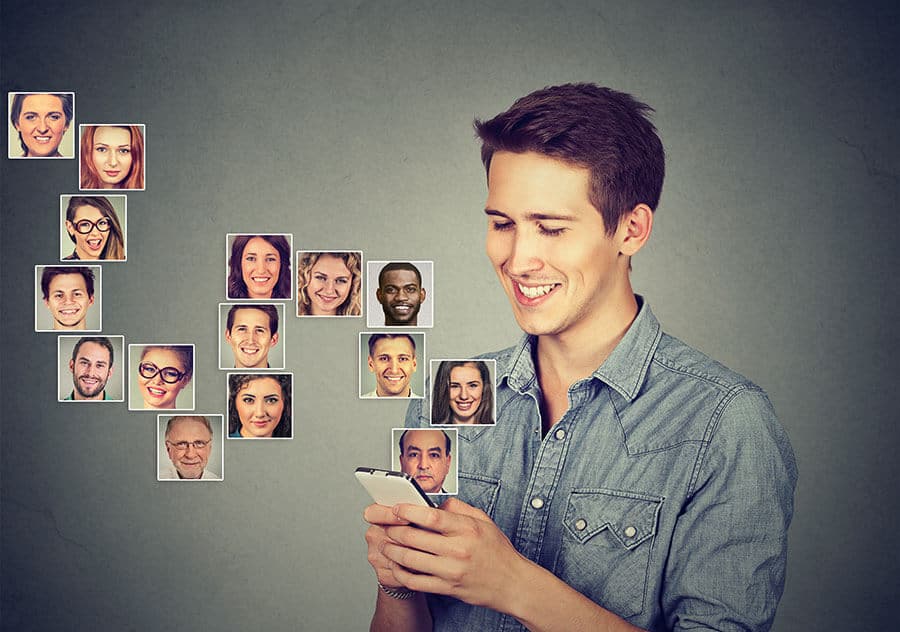
It is worth taking a look and see where else these 4 Facebook profiles lead me.
I bet that you, just like me, recognize almost every second “friend suggestion” that Facebook keeps presenting to us.
If you are thinking that technology and even social media are far more colossal than just Facebook, then definitely you are right. So, let’s talk shortly about the bigger picture at this point.
According to my experience, technology is a big help and sort of a big fan of the 6 handshakes rule. It eases the process, shortens the path, and speeds the time required to support this rule. I could not check all messages, and I cannot check many besides mine, but Microsoft researchers say the theory stands up. This after checking a total of 30 billion electronic messages, among 180 million people in various countries.
Researchers have considered 2 people to be acquaintances if they have sent one another a message. 180 billion different users in the database, according to this study, could be connected to each other at an average distance of 6.6 links.
Looking for Our “Mutual Friend”
How well we know each other maybe another story for another time. If you agree that there are 6 degrees of separation between all the possible names you can fill in, it does not follow, inevitably, that this will be the case between you and me.
Do we have a “mutual friend”?
Or are we even closer than that, closer than you might think. To prove this, from whichever corner of the world you are reading this Youth Time piece, feel free to contact me through my Twitter account and let me hear your thoughts on this.
Photos: Shutterstock / Title photo – concept and photomontage by: Martina Advaney
Read more from the author.
Support us!
All your donations will be used to pay the magazine’s journalists and to support the ongoing costs of maintaining the site.
Share this post
Interested in co-operating with us?
We are open to co-operation from writers and businesses alike. You can reach us on our email at cooperations@youthtimemag.com/magazine@youthtimemag.com and we will get back to you as quick as we can.
